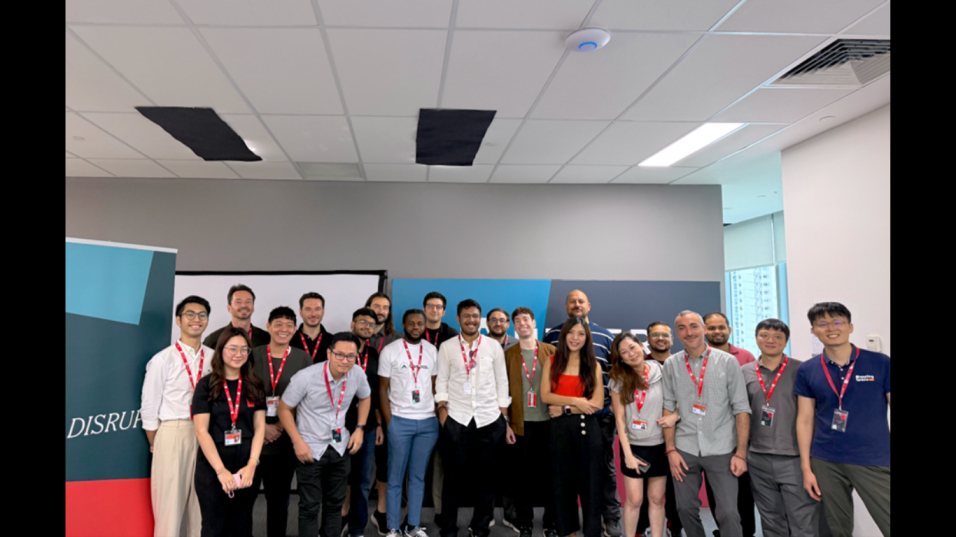Organizations face constant pressure to evolve their technology systems while maintaining alignment with long-term business objectives. Selecting which technologies to adopt, upgrade, or retire requires a strategic lens that balances operational efficiency, cost management, and competitive advantage. Technology upgrades should not be treated as isolated IT projects; instead, they must integrate with overarching corporate goals, support workflow optimization, and respond to emerging industry demands. Companies that achieve this balance often see measurable improvements in productivity, risk mitigation, and customer satisfaction. This article explores approaches to aligning technology upgrades with business strategy, highlighting considerations for planning, execution, and evaluation.
Understanding Organizational Needs Before Upgrading
Before initiating any technology upgrade, a clear understanding of organizational priorities is necessary. Businesses must assess existing systems, identify pain points, and determine which processes would benefit most from modernization. Strategic alignment requires looking beyond immediate operational issues to understand how technology supports growth, compliance, and service delivery goals. Engaging stakeholders across departments can provide insight into functional requirements and reveal areas where automation or data integration could produce measurable returns.
Planning a Successful Maximo Upgrade
One example of strategic alignment in action is the Maximo upgrade. Organizations rely on Maximo for asset management, maintenance scheduling, and operational analytics, making it a cornerstone for many industries. Planning a Maximo upgrade requires careful evaluation of the current infrastructure, data migration strategies, and user training plans. IT teams must coordinate with operational managers to understand which features deliver the highest value, balancing upgrades to core functionalities with enhancements that meet evolving business needs. An IBM Maximo upgrade conducted with a strategic focus reduces downtime, improves data accuracy, and aligns maintenance operations with broader organizational objectives. It results in a smoother transition and measurable performance improvements.
Evaluating Technology Options for Compatibility
The next step is to assess technology solutions for compatibility with existing systems and workflows. Upgrades can fail when new software does not integrate effectively with legacy systems, or when staff face steep learning curves. Performing thorough testing, reviewing vendor roadmaps, and considering modular solutions can reduce implementation risks. Evaluating compatibility also includes understanding data transfer requirements, security protocols, and potential operational disruptions. Companies that carefully vet technology options can select solutions that fit seamlessly into their current ecosystem while providing room for future growth.
Building a Cross-Functional Implementation Team
Executing a technology upgrade requires collaboration across multiple departments. IT specialists, operations managers, finance teams, and end users must work together to define objectives, allocate resources, and address challenges as they arise. A cross-functional team can provide diverse perspectives, identify potential obstacles early, and accelerate decision-making. Team members play a role in testing configurations, training staff, and monitoring adoption rates, ensuring that the upgrade achieves intended outcomes. Involving stakeholders from various departments encourages ownership of the process and creates accountability for results.

Measuring Performance and Return on Investment
Once an upgrade is complete, organizations need to establish clear methods to evaluate its success and determine the return on investment. Key performance indicators may include system uptime, processing speed, user adoption rates, and reduction in operational errors, but it’s also valuable to consider metrics tied to business outcomes, such as maintenance turnaround times, resource utilization, and cost efficiency. Collecting data over multiple operational cycles allows organizations to identify trends, assess improvements, and detect areas where further adjustments may be necessary. Comparing post-upgrade performance with historical benchmarks provides insight into whether the technology is meeting its intended objectives and contributing to broader organizational goals. In addition to quantitative measures, qualitative feedback from end users can reveal usability challenges or unexpected benefits, giving management a comprehensive view of the upgrade’s impact.
Aligning Technology with Strategic Growth Goals
Technology upgrades should be viewed as tools for achieving strategic growth objectives, not just as operational improvements. Whether the goal is to expand market share, enhance customer satisfaction, or streamline internal workflows, every upgrade decision should support the organization’s trajectory. Strategic alignment means anticipating future needs, assessing scalability, and designing processes that leverage upgraded systems for long-term advantage. By aligning upgrades with strategic goals, companies can turn technology into a driver of growth.
Aligning technology upgrades with business strategy requires careful planning, stakeholder engagement, and rigorous evaluation. From assessing organizational needs to implementing systems, every step must be informed by how technology supports broader objectives. Companies that approach upgrades strategically experience smoother transitions, improved performance, and better outcomes that directly impact their bottom line. Treating technology investments as integral components of business strategy ensures that they provide lasting value and position organizations for sustained success.
Article received via email































